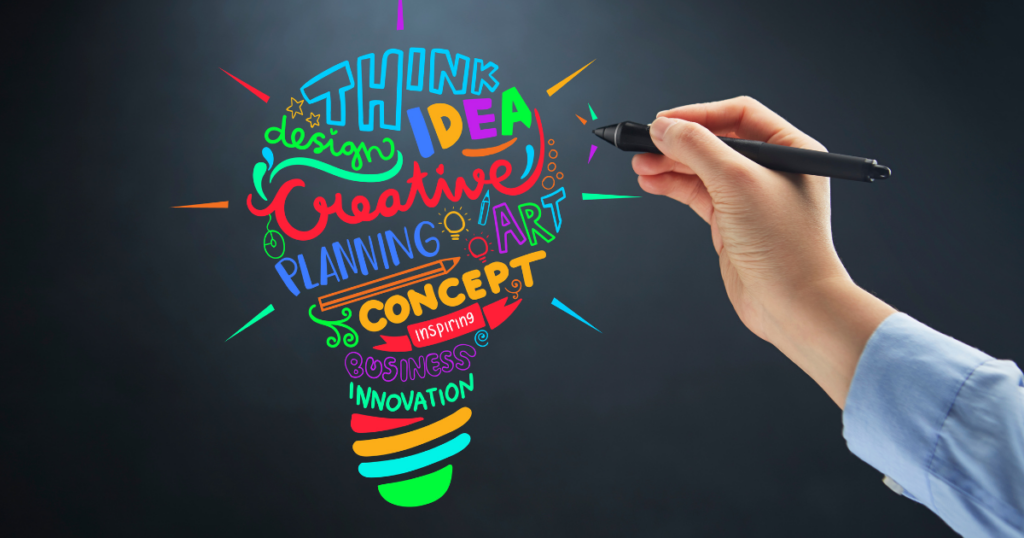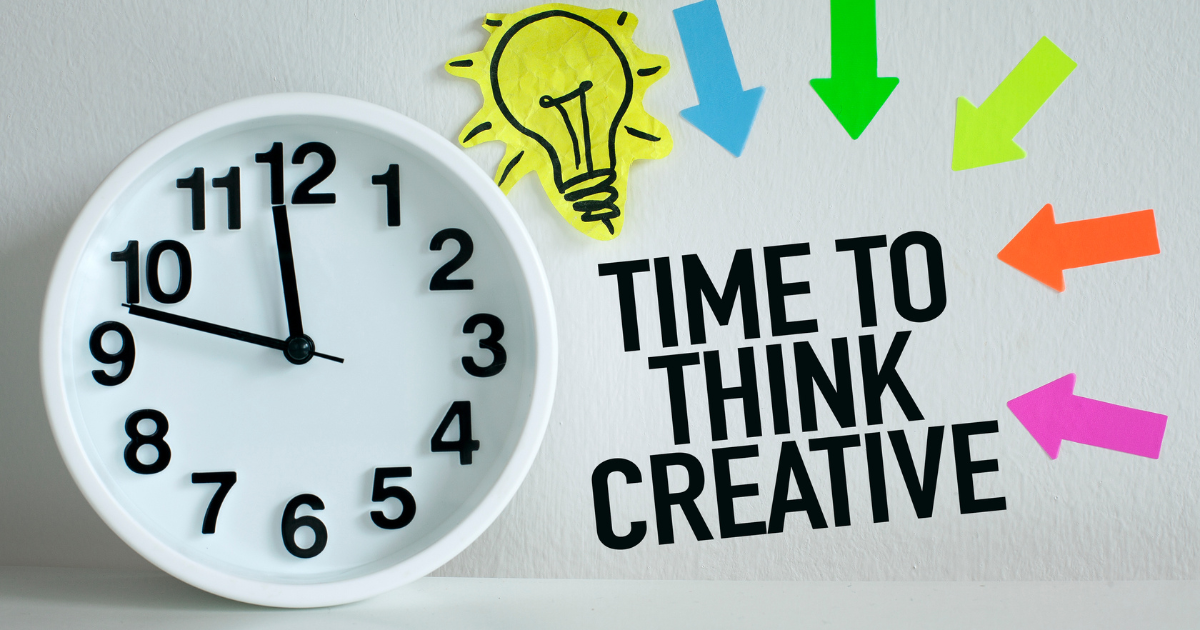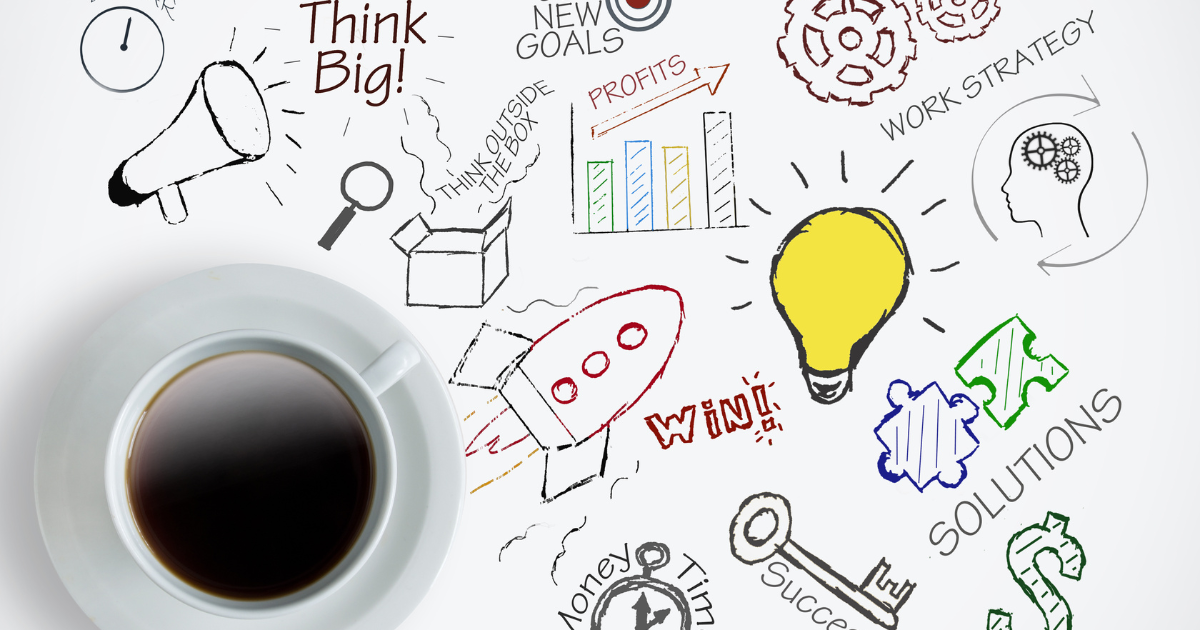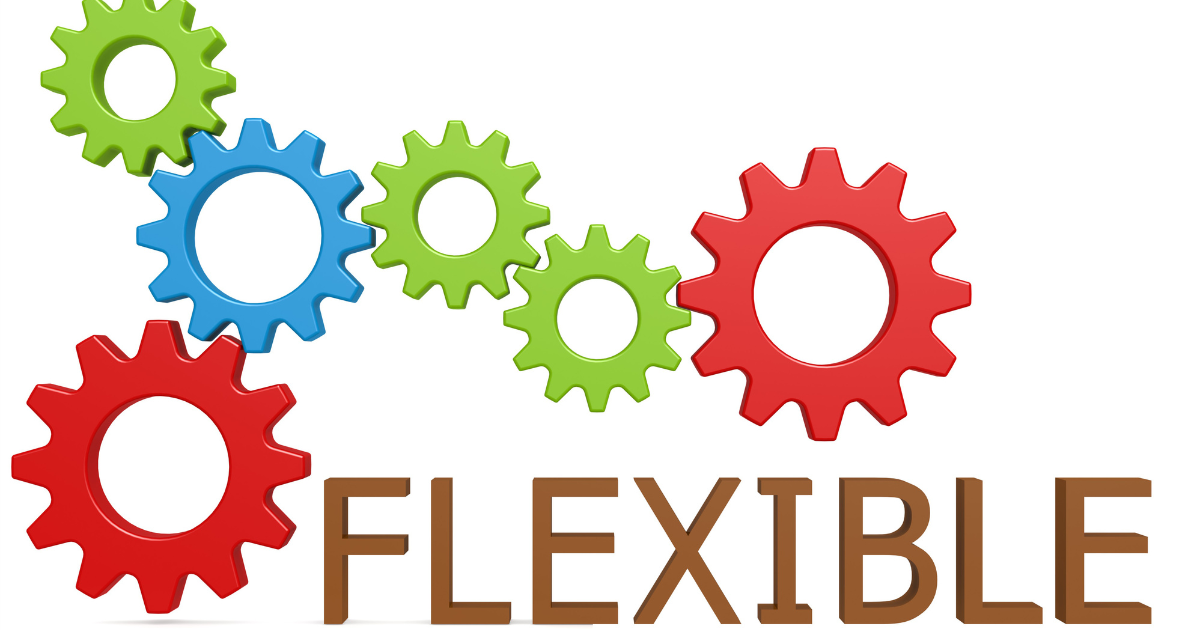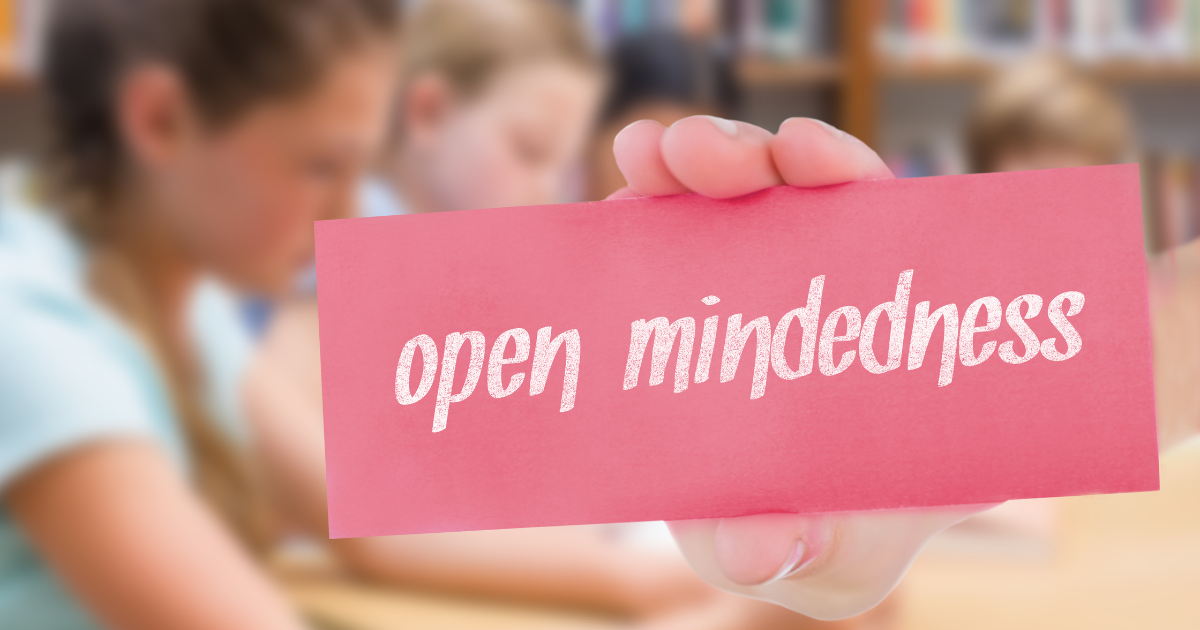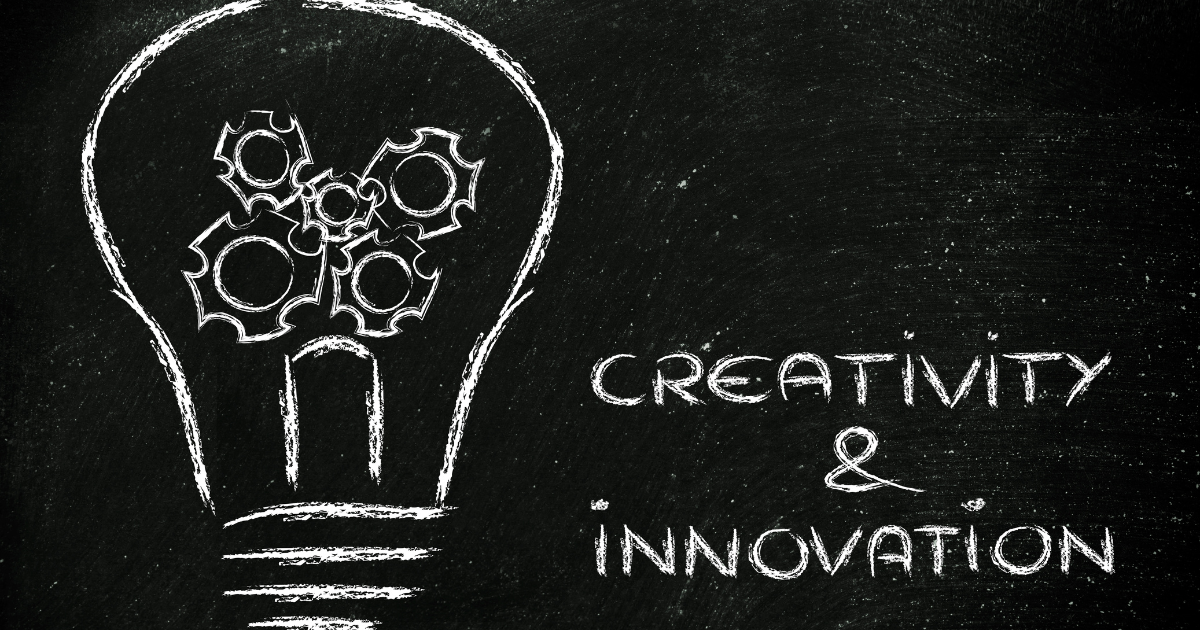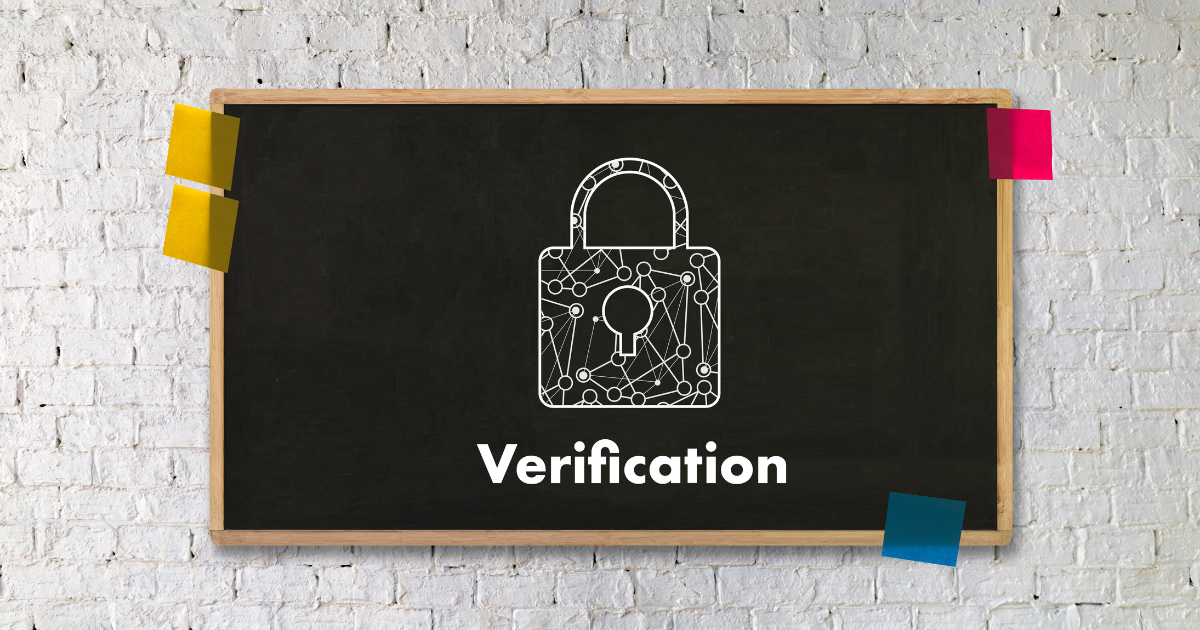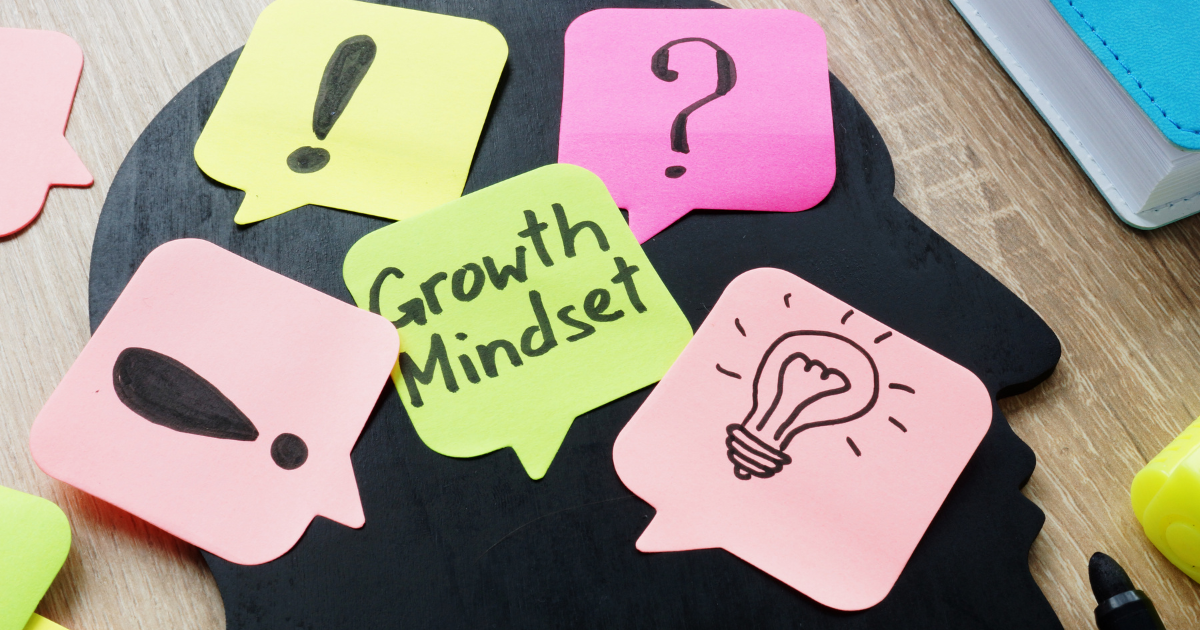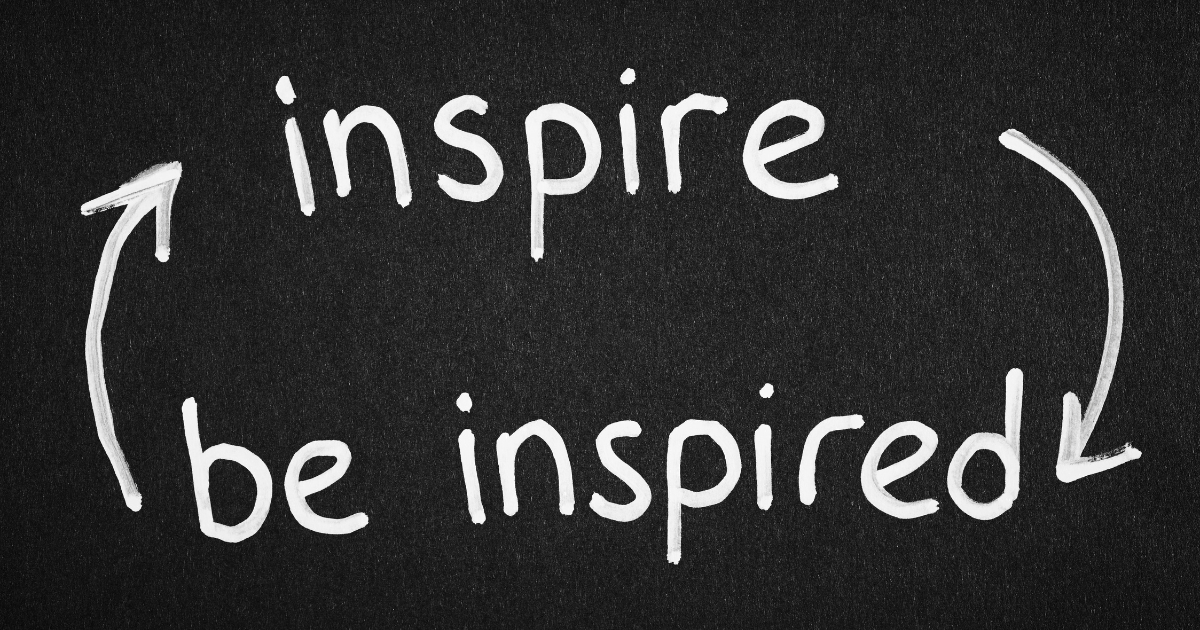Are you someone who always finds yourself stuck in a creative rut? Do you feel like you lack the imagination to come up with new ideas or solutions to problems? Don’t worry, you’re not alone.
Creativity is a skill that many of us struggle to harness, but it’s one that’s essential for success in both personal and professional settings. Luckily, there are ways to ignite your imagination and foster creativity.
By understanding the components of creativity, learning how to nurture your own creativity, and overcoming common obstacles, you can unlock your full potential and unleash your inner creative genius. In this article, we’ll explore the creative process, discuss the importance of creativity and innovation, and provide you with practical tips to help you become more creative in your everyday life.
So, get ready to ignite your imagination and unleash your full potential.
Key Takeaways
- Creativity is defined as the ability to generate new and original ideas, and it is an essential component of personal and professional growth.
- Enhancing personal creativity can be achieved through deliberate practice, creative problem-solving, mindfulness, art therapy, and exploration of new experiences.
- Professional creativity can be fostered through collaborative ideation, creative problem-solving, innovation management, design thinking, and creative leadership.
- Overcoming common obstacles to creativity, such as fear of judgment, perfectionism, time constraints, and lack of inspiration, can be achieved through seeking inspiration from various sources, adopting a growth mindset, creative confidence, perseverance, and willingness to take risks.
Understanding Creativity
You’re about to embark on a journey of self-discovery and imagination as we discuss the topic of creativity.
Defining Creativity
Don’t underestimate the power of defining creativity; it can unlock a world of possibilities and inspire you to think outside the box.
Creativity is not just about brainstorming techniques, creative expression, and imagination exercises; it’s about using creative thinking to solve problems and come up with innovative solutions.
It’s about pushing past boundaries and limitations and breaking free from the confines of traditional thinking.
When you define creativity for yourself, you’ll be able to tap into your own unique potential and unleash your creativity in ways you never thought possible.
Importance of Creativity
You might not realize it, but creativity plays an integral role in both your personal and professional life.
In Personal Life
Enhancing personal creativity can be achieved through deliberate practice and exploration of new experiences. It’s important to take time to explore hobbies and interests that spark your passion and allow for self-expression.
Creative problem-solving is another way to flex your imagination muscles and push yourself to think outside the box. Incorporating mindfulness practice and art therapy techniques can also help to tap into your inner creativity and allow for a deeper connection to your thoughts and emotions.
In Professional Life
In today’s fast-paced and competitive work environment, it’s crucial to be able to think creatively and come up with innovative solutions. Possessing skills like collaborative ideation, creative problem-solving, innovation management, design thinking, and creative leadership can foster creativity within your professional life.
It is important to encourage an open and inclusive environment where individuals feel comfortable sharing their ideas and thoughts. By embracing creativity and taking risks, organizations can create new and exciting opportunities and stay ahead of the curve.
Creativity isn’t limited to the arts – it can be applied to any industry or profession.
Components of Creativity
You’ve got a unique perspective on the world, and your creativity is what sets you apart from others.
Below are the four elements that work together to help you generate new ideas, explore different possibilities, and bring your imagination to life.
Originality
Imaginative originality can be the catalyst for groundbreaking ideas and revolutionary creations. Breaking the mold and stepping out of your comfort zone is key to unlocking your creative potential.
Creative expression is not limited to a specific form or medium but manifests unique perspectives and individual styles. Innovation inspiration can come from anywhere, but it’s up to you to cultivate and nurture your own creativity.
Allow yourself to explore new ideas and approaches to challenge convention and push boundaries. Embrace your originality and let it shine through in your work, for it’s the foundation of true creativity.
Flexibility
Now that you’ve got a good grasp of originality, it’s time to move on to the next important aspect of fostering creativity: flexibility.
Adapting to change, embracing differences, and having an open mind are all flexible components. Creative problem solving and innovative thinking are often born from the ability to approach situations with an open and malleable mindset.
Elaboration
Don’t underestimate the power of elaboration in taking your creative ideas to the next level. When it comes to creativity, it’s not just about having the initial idea but also about fleshing it out and developing it into something tangible.
Here are some brainstorming techniques to help you elaborate on your ideas: try mind mapping exercises to visually organize your thoughts, use creative writing prompts to spark new ideas and perspectives, and utilize visual thinking strategies to explore different angles and possibilities. Additionally, improvisational exercises can help you think on your feet and develop new solutions.
Fluency
You can effortlessly express your creative ideas fluently as if they’re flowing from your mind like a river. Achieving this flow state requires practice and dedication, but it’s a powerful tool for fostering creativity.
- Use brainstorming techniques like mind mapping and free writing.
- Try creative problem-solving.
- Lateral thinking exercises challenge you to think outside the box and explore alternative perspectives.
Nurturing Your Creativity
You’re capable of nurturing your creativity in many ways. With the practices below, you can continue to develop your creativity and unlock your full potential.
Embracing Curiosity and Open-Mindedness
Embrace curiosity and open-mindedness. It’s the key to unlocking your creative potential. Here are some ways to cultivate these traits:
- Be willing to try new things, even if it’s outside your comfort zone.
- Seek out learning opportunities and actively engage in them.
- Challenge your assumptions and beliefs by seeking out new perspectives.
- Allow yourself to engage in creative play and experimentation.
By embracing exploration and intellectual flexibility, you open up a world of possibilities for yourself.
Cultivating a Creative Environment
Creating a space that encourages innovative thinking and experimentation is essential for unlocking your full creative potential. To cultivate a creative environment:
- Start by creating boundaries. Give yourself dedicated time and space to work on your creative projects, and communicate those boundaries to others.
- Fostering collaboration is also key. Surround yourself with people who support your creative endeavors, and seek opportunities to collaborate and learn from others.
- Incorporating play into your creative process can also be helpful. Allow yourself to experiment and make mistakes without fear of judgment.
- Utilizing technology can also fuel your creativity. Take advantage of the vast resources available online and use technology to enhance your creative projects.
- Mindfulness can help you tap into your creativity. Take time to reflect, meditate, and focus on the present moment.
Engaging with Diverse Experiences
Immerse yourself in a world of diverse experiences:
- From exploring different cultures to trying new foods to expand your perspective and broaden your creative horizons.
- Broadening your perspectives through cultural immersion, travel experiences, and exposure therapy can unlock new levels of creativity that you never thought possible.
- Multicultural engagement challenges you to see the world through different lenses, to understand and appreciate different ways of life, and to connect with people from all walks of life.
Implementing Creative Routines and Habits
Establishing a daily routine that incorporates creativity can bring a sense of purpose and fulfillment to your life, leaving you feeling inspired and motivated.
- Start your day with morning rituals that stimulate your mind and body, such as meditation or a quick workout.
- Incorporate creative exercises into your routine, such as writing prompts or drawing challenges, to spark your imagination and improve your skills.
- Use mind-mapping techniques to visualize your ideas and identify new connections between them.
- Collaborative brainstorming sessions with like-minded individuals can offer fresh perspectives and help you break out of creative ruts.
- And when you need to work solo, try solo brainstorming techniques like free writing or mind dumping to unleash your creativity.
Creativity and Innovation
These are two seemingly interrelated concepts that hold individual importance and distinct definitions in our modern world. As we traverse through the sections ahead, we will delve into the unique characteristics of each term, their interconnectedness, and the immense power they have in shaping our world.
Through clear definitions, illustrative examples, and discussions about practical implications, we aim to spark your thinking and perhaps even stimulate your own creative and innovative potential.
Distinguishing Between Creativity and Innovation
Creativity and innovation, while related, hold distinct roles in the process of ideation and realization. They are like two sides of the same coin, mutually inclusive yet separate in their roles and impacts. Let’s further understand these two concepts by drawing comparisons in a tabulated form:
| Creativity | Innovation | |
|---|---|---|
| Definition | Creativity is the ability to generate novel and unique ideas, fostering an environment of imagination and exploration. | Innovation is the process of taking creative ideas and implementing them into practical, value-adding solutions. |
| Process | Creativity typically involves brainstorming, ideating, and conceptualizing new ideas. It is the initial spark of inspiration. | Innovation involves taking creative ideas and transforming them into tangible outcomes. It is the execution phase of the process. |
| Risk Involvement | Creativity is often risk-free as it revolves around idea generation, which can happen without the fear of failure. | Innovation is generally associated with some degree of risk, as it involves implementation and adoption of new ideas. |
| Outcome | The outcome of creativity is the generation of new ideas, which could potentially lead to breakthrough solutions. | The outcome of innovation is a value-adding solution or product, which can drive change and progress. |
| Role | Creativity is about thinking new things. It’s the bedrock of original thought. | Innovation is about doing new things. It brings creativity to life by actualizing ideas. |
Understanding these differences can help us not only appreciate each concept’s unique attributes but also how they complement each other in the pursuit of progress and change.
Role of Creativity in Innovation
Creativity serves as the foundation in the process of innovation, kindling the initial flames that ultimately fuel transformative change. This pivotal role can be further examined through various dimensions.
- Idea Generation: Creativity triggers the initial generation of unique ideas, providing raw material for innovation.
- Risk Embracement: Creativity nurtures a mindset comfortable with uncertainty, allowing risks to be seen as opportunities rather than threats.
- Collaboration and Diversity: It encourages a diverse blend of thoughts, fostering an environment where different perspectives intertwine to create robust solutions.
- Problem-solving Approach: Creativity reframes challenges as opportunities for invention, often leading to unconventional solutions.
Understanding the role of creativity in innovation underscores its importance in driving change. Whether it’s in a corporate setting, a small business, or individual projects, fostering creativity is the first step towards cultivating innovation.
Real-Life Examples of Creative Innovations
Experience some of the most groundbreaking innovations in recent history through real-life examples.
From the creation of the internet to the development of electric cars to the invention of the smartphone, these inspiring stories showcase the power of creativity to shape our world.
These innovations not only have futuristic possibilities but have already significantly impacted society.
The Creative Process
As you embark on the journey of exploring the creative process, you’ll discover five stages that’ll help you bring your ideas to life.
Preparation > Incubation > Illumination > Verification > Implementation
Preparation
Getting ready for a creative endeavor involves gathering the right tools and materials. However, preparation goes beyond just physical supplies.
Research-based techniques, mental preparation, creative exercises, brainstorming strategies, and collaborative efforts are all part of the process. To ignite your imagination, take the time to research different techniques and exercises that have worked for others.
Mentally prepare yourself by setting aside distractions and creating a space that inspires creativity. Brainstorming with others can also bring new perspectives and ideas.
Incubation
Now, you may find that stepping away and giving your mind time to process can lead to breakthroughs during incubation. Don’t be afraid to take a break and let your mind wander, as the power of daydreaming can often lead to unexpected ideas and solutions.
When brainstorming techniques and idea-generation methods fail, don’t give up hope. Instead, shift your focus to something completely unrelated and let your subconscious do the work.
Overcoming creative blocks is not always easy, but with the right mindset and approach, you can find new ways to tackle problems and create something truly unique.
Illumination
You’ve been patiently waiting for that moment of creative illumination, where your mind is flooded with luminous inspiration and radiant ideas.
And now it’s finally here, the moment where everything clicks, and your imagination is sparked to life.
This is the moment where you can take your incubated ideas and turn them into imaginative brilliance.
It’s time to let your creativity flow and let your mind explore the endless possibilities.
Don’t be afraid to take risks and try new things because this is where innovation is born.
Verification
Let’s take a moment to verify the accuracy of our ideas and ensure they align with our intended goals.
In a world where information is readily available at our fingertips, it’s essential to practice fact-checking and credibility assessment.
Online resources and verification tools are at our disposal, allowing us to verify the legitimacy of information before we share it.
Media literacy is a vital skill in today’s society, and it’s our responsibility to ensure we understand the information we consume and share.
Implementation
Implementation is the final and crucial stage of the creative process, where the concept becomes concrete. This stage is about translating your verified ideas into actionable plans and turning your creative vision into reality.
- To achieve this, it’s important to first outline a clear roadmap, delineating the steps needed to bring your idea to life. This could involve creating prototypes, seeking feedback, refining your approach, or even learning new skills.
- It’s also crucial to stay resilient and motivated throughout this stage. Implementation can often come with unforeseen challenges or setbacks. By maintaining a positive mindset and a flexible approach, these obstacles can be overcome, leading to valuable learning experiences.
- Remember that the implementation of a creative idea doesn’t necessarily signal the end of the creative process. Once an idea is brought to life, there may be opportunities for further refinement, improvement, or even new innovations inspired by the initial implementation.
Common Obstacles to Creativity
You may find that despite your best efforts to be creative, there are certain obstacles that seem to hold you back.
Fear of Judgment
Overcoming the fear of judgment is essential for igniting your imagination and fostering creativity. It’s understandable to feel apprehensive about expressing yourself creatively. However, in order to truly tap into your creative potential, you must let go of your fear of judgment.
It’s important to remember that creative expression is about fearless experimentation and exploring new ideas, not about meeting others’ expectations. Seek out positive feedback and surround yourself with a supportive environment where you feel safe to take risks and push boundaries.
Perfectionism
Let’s embrace imperfection and enjoy the process of creating something unique and beautiful. Overcoming perfectionism is crucial in fostering creativity because it allows us to explore and experiment without the fear of failure.
Perfectionism can have harmful effects on our self-esteem and creativity, as it often leads to self-criticism and fear of judgment. Instead of striving for perfection, we should focus on progress and growth, celebrating every step of the way.
Time Constraints
We’ve all been there, feeling the pressure of deadlines and the weight of prioritizing tasks. But don’t let time constraints discourage you because creativity often comes in bursts.
To make the most of these creative bursts, consider incorporating time blocking and time management tools into your routine. This will not only help you prioritize tasks but also allow for designated periods of creative exploration.
And if you find yourself struggling with procrastination habits, don’t beat yourself up – it’s a common struggle. Instead, find ways to break up your tasks into smaller, more manageable chunks while still allowing for creative expression.
Lack of Inspiration
Feeling uninspired? It happens to the best of us. Creative block can be frustrating, but don’t let it get you down.
Overcoming boredom and beating monotony is a challenge, but it’s not impossible. What you need is to find motivation and reignite that passion within you.
Take a break and do something different. Go for a walk, listen to music, or read a book. Allow yourself to be inspired by the world around you. Sometimes, it’s as simple as changing your environment or mindset.
Creativity is not a one-time thing, it’s a process. Don’t give up. Keep pushing yourself, and soon enough, you’ll find yourself back in the flow of things.
Overcoming Creative Obstacles
With the three key steps provided below, you can overcome any creative obstacle and unleash your imagination.
Developing a Growth Mindset
By adopting a growth mindset, you can develop your creativity and overcome obstacles that may have previously hindered your progress.
When you shift your mindset from a fixed mentality to a growth mentality, you open yourself up to new possibilities and opportunities. Instead of being stuck in the belief that your creativity is limited, you start to believe that with effort and practice, you can improve and expand your creativity.
This mindset shift can also help you overcome obstacles by viewing them as challenges to learn from rather than roadblocks that stop you from progressing. By utilizing brainstorming techniques and having creative confidence in yourself, you can tackle any obstacle with a fresh perspective and innovative solutions.
Developing a growth mindset is not an overnight process, but with consistent practice and effort, you can ignite your imagination and foster creativity in all areas of your life.
Adopting Effective Time Management
Managing your time effectively can increase productivity and a better work-life balance. In order to ignite your imagination and foster creativity, it’s important to adopt effective time management techniques.
- The Pomodoro Technique, which involves setting a timer for 25 minutes of focused work followed by a 5-minute break, can help you stay on track and avoid burnout.
- Prioritizing tasks and time blocking can also help you make the most of your time and ensure that you are dedicating enough time to the most important tasks.
- Distraction management, such as turning off notifications or finding a quiet workspace, can also be crucial in staying focused.
- Setting deadlines and holding yourself accountable can help you stay motivated and ensure that you are making progress toward your goals.
Seeking Inspiration from Various Sources
Artistic influences, nature’s beauty, cultural traditions, personal experiences, and even everyday objects can all serve as sources of inspiration. By immersing yourself in different forms of art, you can gain a new perspective and fuel your creativity.
- Nature’s beauty can inspire us to create works of art that capture its essence.
- Cultural traditions can offer a glimpse into the past and provide inspiration for new ideas.
- Your personal experiences can serve as a powerful source of inspiration, as they can inspire you to create works that reflect your unique perspective on life.
- Everyday objects can spark your creativity by challenging you to see them in a new light.
By seeking inspiration from various sources, you can unlock your creativity and take your artistic endeavors to new heights.
